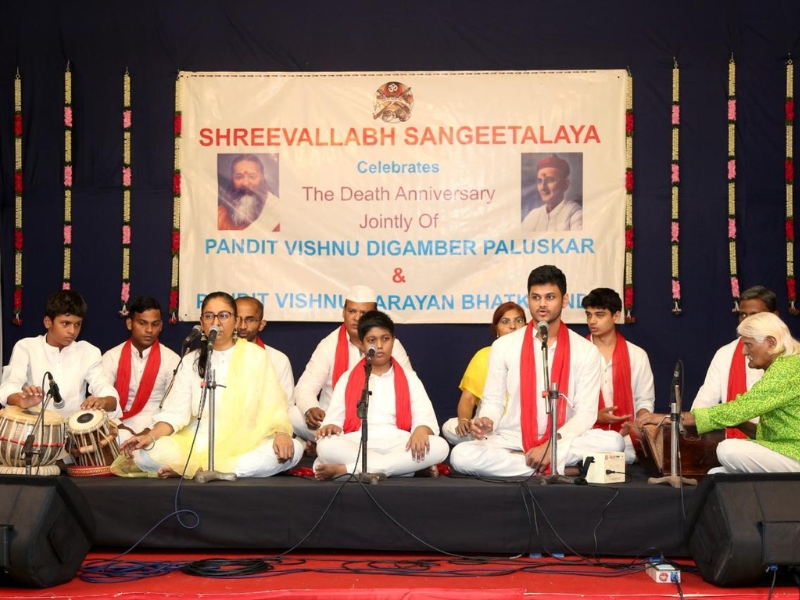At the heart of Hindustani classical music are the concepts of raga and tala. A raga is a melodic framework that consists of a specific set of notes arranged in a way that evokes particular emotions and moods. Each raga has its own rules regarding which notes can be emphasized, how they should be played or sung, and the time of day or season it is traditionally performed. This allows for a deep level of improvisation, as musicians interpret and elaborate on the raga, creating unique performances every time.
Tala refers to the rhythmic structure that accompanies the raga. It consists of cycles of beats, which can vary in length and complexity. Common talas include Teentaal (16 beats), Ektaal (12 beats), and Jhaptal (10 beats). The interplay between raga and tala is essential in Hindustani classical music, as it creates a dynamic framework for the performance.
The tradition encompasses various vocal and instrumental forms. Vocal music is highly esteemed and includes styles like *khayal, known for its improvisational nature, and **dhrupad, which is more structured and often more austere. *Thumri, another popular vocal genre, emphasizes romantic and devotional themes and often incorporates expressive lyrics .
Performance in Hindustani classical music is not just about playing notes; it is an art form that conveys emotion and spirituality. Musicians often perform in a guru-shishya tradition, where knowledge is passed down from teacher to student. This mentorship is vital for understanding the nuances and depth of the music.
The cultural significance of Hindustani classical music extends beyond mere entertainment; it is often associated with spiritual and philosophical themes. Many ragas are believed to connect with the divine and have the power to influence the listener’s emotions. As such, performances are frequently held in temples, at festivals, and during special occasions, fostering a sense of community and shared experience.
In contemporary times, Hindustani classical music continues to thrive, adapting to modern influences while retaining its traditional essence. Musicians are increasingly collaborating with artists from various genres, expanding its reach and appeal. Festivals and concerts dedicated to this art form attract diverse audiences, ensuring that the legacy of Hindustani classical music endures.
In summary, Hindustani classical music is a rich and multifaceted tradition that embodies the artistic and spiritual heritage of India. Its intricate interplay of melody and rhythm, coupled with a deep cultural significance, makes it a unique and cherished form of expression, resonating with audiences both in India and around the world.

